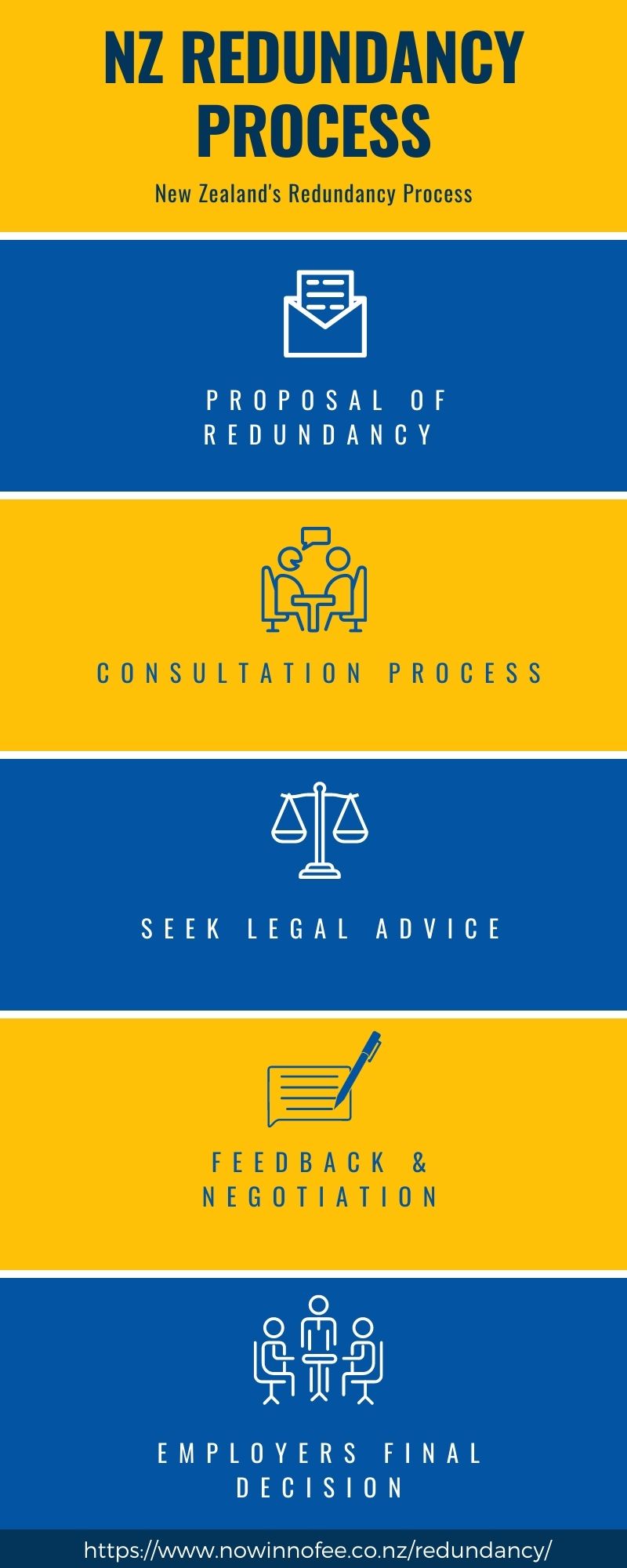Redundancy Pay If Company Goes Bust: Recognizing Your Privileges in the UK
Wiki Article
Checking Out the Operational Dynamics of Company Redundancy and Its Long-Term Sustainability

Redundancy Methods for Organization Connection
In order to make sure nonstop operations, services should execute reliable redundancy strategies for service connection. Redundancy in this context describes the duplication of important parts or functions within a system to reduce the impact of prospective failings. By incorporating redundancy techniques, companies can boost their resilience against interruptions triggered by various elements such as natural catastrophes, tools failures, or cyber-attacks.
One typical redundancy approach is the execution of back-up systems and data storage space options. This includes producing duplicates of important data and systems that can be triggered in situation of a main system failure. Furthermore, companies can develop repetitive interaction networks and power sources to maintain connectivity and operations during unpredicted occasions.
In addition, cross-training staff members to execute numerous duties within the business can act as a beneficial redundancy method. This makes certain that vital jobs can still be brought out also if key employees are inaccessible because of health problem or other factors. Generally, efficient redundancy approaches are essential for organizations to maintain operational connection and lessen the influence of potential disturbances.
Effect of Redundancy on Organizational Strength
Given the critical duty redundancy techniques play in making sure company connection, exploring the influence of redundancy on organizational durability comes to be imperative for understanding the holistic functional dynamics of a business. Organizational durability refers to an entity's capability to adapt to interruptions, recover from problems, and change when necessary while maintaining core features. Redundancy, when tactically applied, can dramatically contribute to improving an organization's durability despite unforeseen obstacles. By having back-up systems, workers, or procedures in position, business can much better withstand shocks and proceed procedures with marginal disruption.Additionally, redundancy can foster technology and creative thinking within an organization as employees really feel equipped to take calculated threats, knowing that there is a safety internet to sustain them in case of failure. Overall, the effect of redundancy on organizational strength is extensive, shaping the long-term sustainability and success of a firm.
Balancing Efficiency and Versatility in Redundancy
Achieving a harmonious stability Recommended Reading in between operational effectiveness and flexible adaptability is a pivotal challenge in the calculated release of redundancy within organizations. Too much adaptability without a strong functional structure can result in inadequacies and inconsistency.To balance efficiency and versatility in redundancy planning, companies need to thoroughly examine their operational needs, market characteristics, and critical goals. Ultimately, finding the appropriate equilibrium between effectiveness and versatility is important for developing a lasting and resilient organization in the face of uncertainty.
Long-Term Sustainability Via Redundancy Planning
To ensure enduring stability and stability, organizations need to strategically align their redundancy preparation with long-lasting sustainability objectives, thus integrating functional click over here now effectiveness with flexible versatility. Lasting sustainability through redundancy planning entails more than just temporary cost-cutting steps. It requires a thorough tactical strategy that anticipates future difficulties and possibilities. Companies should check out redundancy not as a responsive solution to prompt problems however as an aggressive strategy for long-lasting success. By integrating redundancy planning with sustainability goals, companies can develop a resistant framework that can endure various market changes and internal adjustments.
Positive Actions for Sustainable Business Procedures
How can companies proactively enhance their operational sustainability for long-term success? Carrying out positive procedures is necessary for firms intending to make sure lasting procedures.Moreover, promoting a culture of continual renovation and discovering within the organization can enhance adaptability to changing market problems and client demands. Encouraging staff member participation in decision-making processes and offering opportunities for professional advancement can enhance spirits, efficiency, and total efficiency. Establishing clear objectives, checking crucial performance indications, and regularly reviewing progression are important components of positive sustainability management.
Teaming up with vendors, customers, and various other stakeholders to promote lasting methods throughout the supply chain can develop a ripple effect of favorable impact - redundancy pay if company goes bust. By taking positive actions towards functional sustainability, business can construct resilience, drive advancement, and secure their long-lasting success in an ever-evolving company landscape
Verdict

In the realm of organizational administration, the critical deployment of business redundancy stands as a crucial yet complex method that necessitates a fragile balance in between functional efficiency and lasting feasibility. By dissecting the operational characteristics that underpin company redundancy and examining its broader effects for business strength and adaptability, a nuanced understanding of just how redundancy approaches can form the future trajectory of a business begins to unravel.Given the critical function redundancy strategies play in making sure business connection, discovering the impact of redundancy on business strength becomes crucial for understanding the alternative functional dynamics of a company. Generally, the effect of redundancy on business resilience is profound, forming the lasting sustainability and success of a firm.
In verdict, comprehending the functional characteristics of firm redundancy is crucial for guaranteeing long-term sustainability.
Report this wiki page